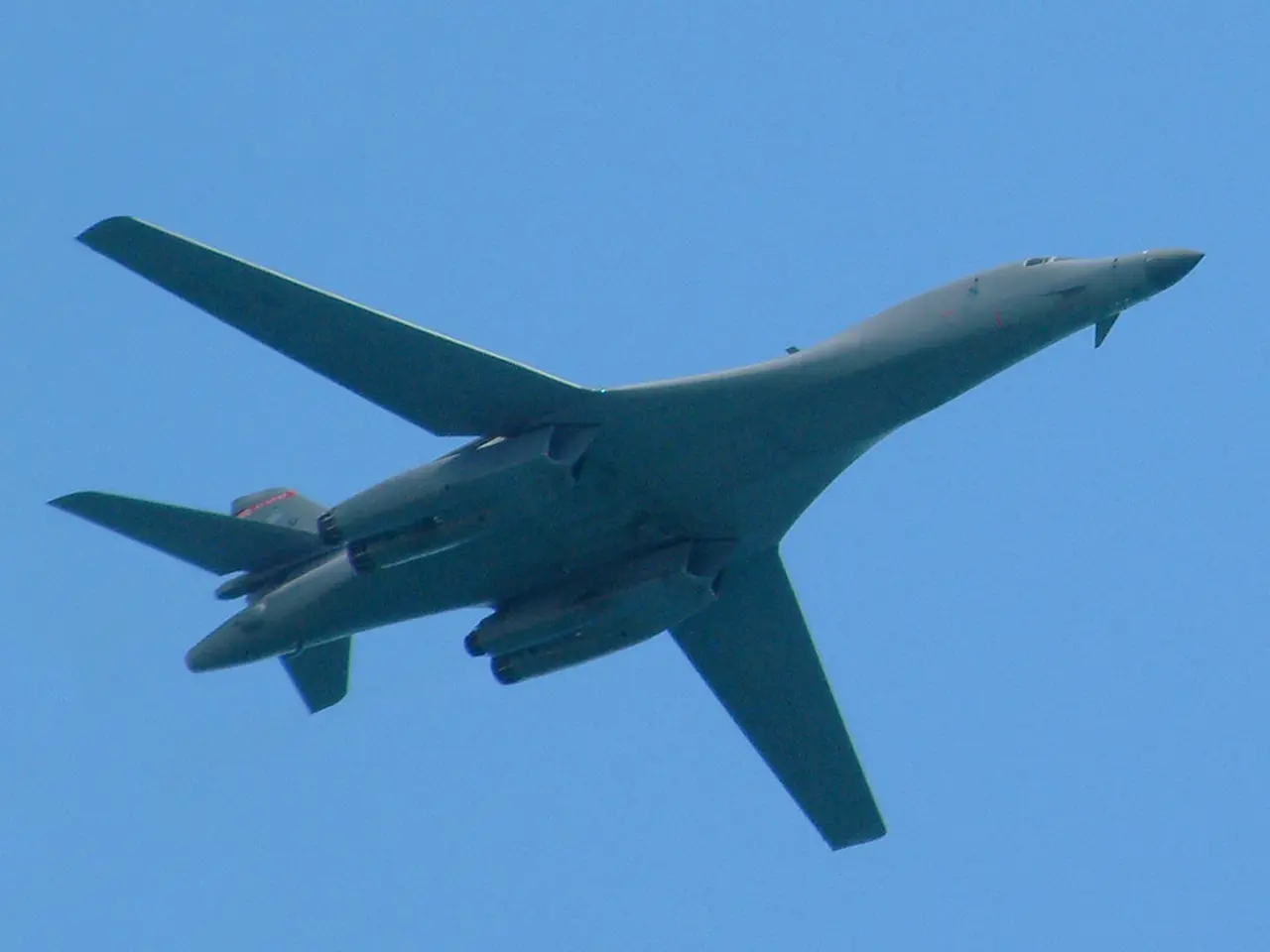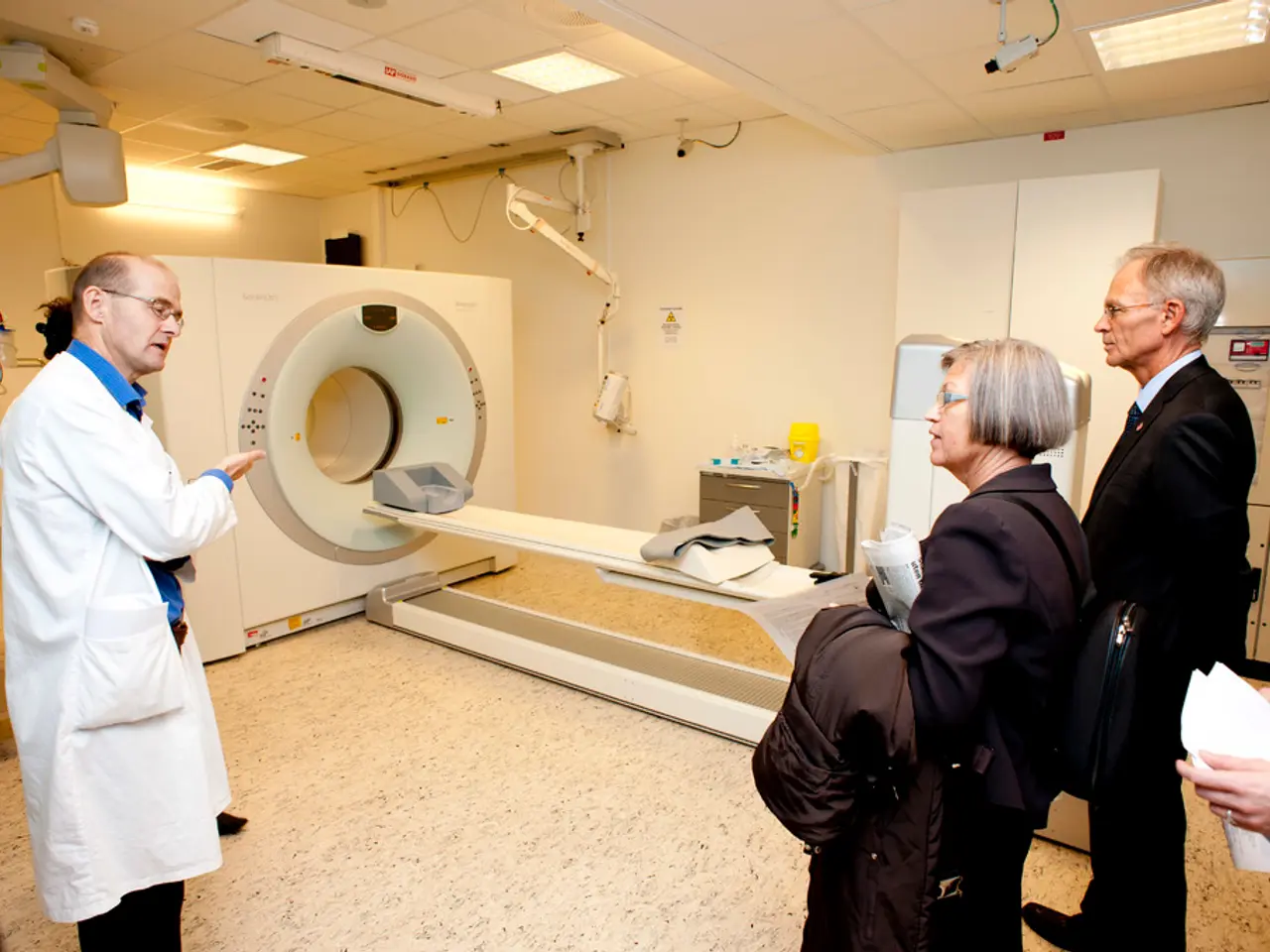Fighter pilots from the US operate both F-16 and F-15 aircraft while managing drones during a test of aerial combat in the skies.
The United States Air Force (USAF) has made a significant stride in the realm of aerospace technology with a recent demonstration of manned-unmanned teaming using the XQ-58A Valkyrie drones. Developed by Kratos Defense, the Valkyrie is designed to operate in GPS-denied, heavily contested airspace, pushing unmanned systems into roles traditionally reserved for crewed platforms.
During the demonstration, US fighter pilots controlled F-16 and F-15 jets alongside two XQ-58A Valkyrie drones in a high-fidelity training event. The event aimed to integrate autonomous combat systems into existing force structures for maintaining air superiority in contested battlespaces.
The integration of manned and unmanned systems offers several benefits. Enhanced situational awareness and efficiency are achieved as pilots can control semi-autonomous drones in real-time, potentially reducing pilot workload. This integration improves mission effectiveness by leveraging the strengths of both manned and unmanned systems.
The demonstration also marks a crucial step in developing human-machine teaming capabilities to overcome complex threats and expand air superiority advantages. Autonomous platforms like the XQ-58A can work seamlessly with crewed aircraft, showcasing their potential in future combat scenarios.
Lessons learned from these tests will inform the development and deployment of future autonomous capabilities, including the Collaborative Combat Aircraft (CCA) program. The CCA program aims to integrate uncrewed systems into air combat scenarios, with plans to field hundreds of operational ACPs in the coming years.
The XQ-58A Valkyrie, with a combat radius exceeding 2,000 nautical miles, modular payload bays, and a mission autonomy architecture, serves as a leading testbed for CCA programs. However, the Air Force does not plan to field the Valkyrie operationally; instead, it serves as a testbed for operational concepts and technical requirements.
The XQ-58A can support a variety of missions, such as strike, ISR, electronic warfare, decoy, and comms relay, making it a versatile asset for military operations. The successful execution of this mission validated key aspects of aircrew-drone integration.
This demonstration underscores a broader effort to fast-track artificial intelligence and autonomy into operational concepts, ahead of near-peer threats. The event was supported by the Department of Defense's Rapid Defense Experimentation Reserve (RDER) and jointly executed by the Air Force Research Laboratory (AFRL), Air Force Test Center, ACC, and the US Navy.
- Science and technology continue to shape the future of warfare, as demonstrated by the USAF's recent demo of manned-unmanned teaming using the XQ-58A Valkyrie drones, a product of robotics and aerospace technology.
- The successful integration of manned and unmanned systems, as evidenced in the XQ-58A Valkyrie demonstration, signifies a significant innovation in achieving air superiority in contested battlespaces, highlighting the synergy of science, technology, and military strategy.
- The development of human-machine teaming capabilities, as exemplified in the XQ-58A Valkyrie demonstration, is a crucial innovation in the realm of robotics and artificial intelligence, enhancing mission effectiveness by leveraging the strengths of both manned and unmanned systems.




